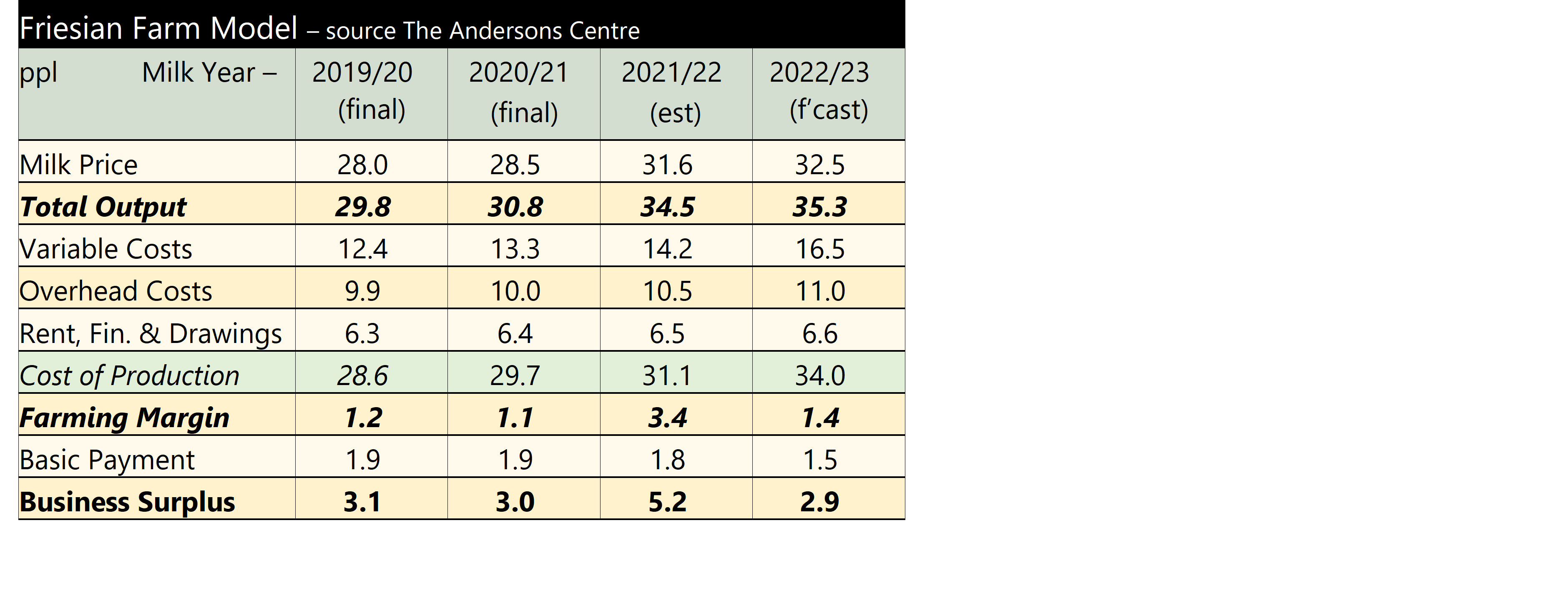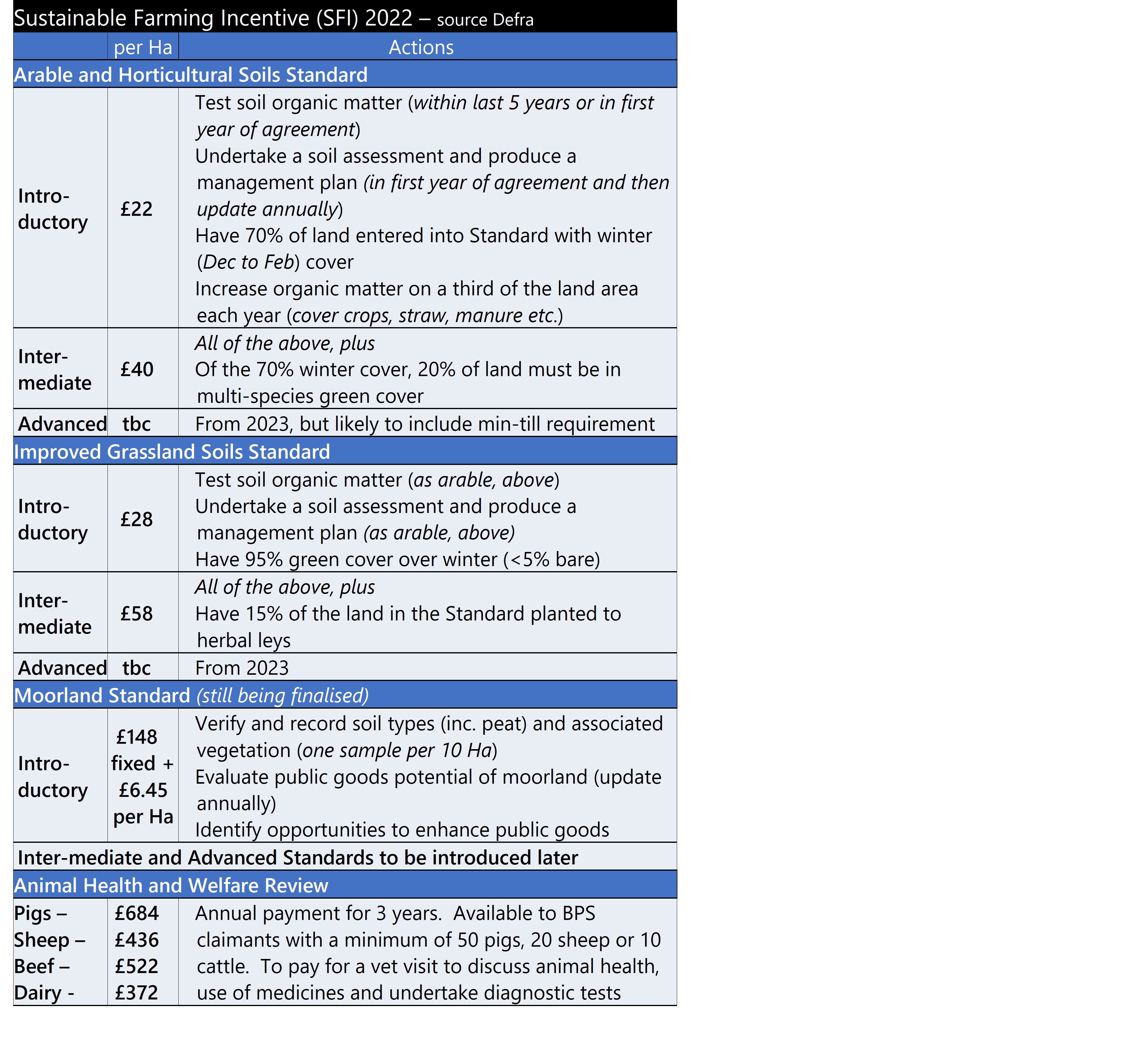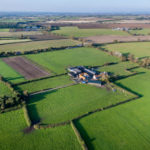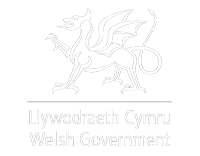- If you require advice from one of our consultants, do not hesitate to contact them by email or phone. If you do not have their details please contact the office on 01664 503200 or email [email protected]
- Defra has released two policy papers giving more information on the Local Nature Recovery (LNR) and the Landscape Recovery (LR). These are the other two components of ELM, the first being the Sustainable Farming Incentive (SFI) scheme. The LNR will pay for locally targeted actions to ‘make space for nature alongside food production’. More details can be found at – https://www.gov.uk/government/publications/local-nature-recovery-more-information-on-how-the-scheme-will-work. The LR is for landowners and managers who want to take a more ‘radical and large-scale approach’ to producing environmental and climate goods on their land. Agreements are expected to be long term; 20-years plus. Defra will work with project managers to negotiate bespoke agreements. See – https://www.gov.uk/government/publications/landscape-recovery-more-information-on-how-the-scheme-will-work. Piloting will take place over the next 2 years with both schemes due to be fully in place by late 2024. These two schemes will not be for the majority of farmers, the SFI will be the component for most who continue to farm commercially.
- The Countryside Stewardship revenue payment rates have been revised. Most (over 100) have been increased, although a few (less than ten) have been reduced. All the new rates can be found at https://www.gov.uk/government/publications/countryside-stewardship-revenue-payment-rates-from-1-january-2022/countryside-stewardship-payment-rates-for-revenue-options-from-1-january-2022.
- The Improving Farm Productivity grant is now open for applications. It is the second theme under the Farming Transformation Fund (the first one was Water Management). The grant will pay up to 40% of the costs for robotic or autonomous equipment and systems to aid crop and livestock production including the installation of slurry acidification equipment. The minimum grant is £35,000 and the maximum is £500,000. There is a two-stage application process between 19th January and 1st March 2022. For further information see https://www.gov.uk/guidance/farming-transformation-fund-improving-farm-productivity-grant.
- Providers of the Future Farming Resilience Fund have been given until September to deliver support (originally March). The 19 providers have been given a six-month extension, although, not all have taken up all of this time and they can only take on a limited number of businesses so those interested should apply sooner rather than later. The Andersons Centre (TAC), through Ricardo, will provide support until June. The advisors offer support in different ways. Some are delivered via workshops or webinars; TAC offers free one-to-one business reviews and plans. We only have a few places left, please contact us to book a place or see https://www.eventbrite.co.uk/o/ricardo-future-farming-resilience-fund-29430290977
- The Welsh Government is looking for farmers to take part in the co-design process of the new Sustainable Farming Scheme (SFS). It will take place in the summer of 2022 and requires farmers to provide ‘opinions on the practicality of proposed actions underpinning the SFS and the wider scheme structure and processes’. Details of the SFS are due to be published in the first half of 2022 alongside the Welsh Agriculture Bill. Once the co-design process has been undertaken the final SFS will be announced in 2023. More details can be found at – https://gov.wales/register-have-your-say-wales-future-farming-scheme.
- The Seasonal Agricultural Workers Scheme (SAWS), now just called the Seasonal Workers Scheme, will continue for 2022 with the same number of places as last year (30,000), although this can be increased by 10,000 if necessary. But it will then taper down in 2023 and 2024 and disappear completely by 2025.
- Defra has granted an emergency authorisation (dependent on 9 conditions) of Syngenta’s Cruiser SB seed treatment on sugar beet crops, in England, for the control of Yellow Virus for 2022.
- Defra is putting in place new legislation which should mean plant-based research and development using Gene Editing (GE) will be able to take place more easily. The legislation will apply to GE plants only (not animals). GE is seen as a powerful tool to tackle food security, climate change and biodiversity loss through breeding plants that are resistant to diseases and climate change. GE is different to GMO, it is used to create new varieties, similar to those which would have been produced more slowly through conventional breeding processes, by manipulating the coding to speed up the development of desirable traits, in contrast to GMO, where genes have been transferred between species (transgenic).
This month’s Spotlight looks at the latest developments in Biodiversity Net Gain (BNG) Click Here for further information.
If you would like more detail on the topics covered above as well as additional articles on UK farm business matters, why not subscribe to Andersons’ AgriBrief Bulletin? Over the course of each month, we give a concise and unbiased commentary on the key issues affecting business performance in the UK agri-food industry, and its implications for farming and food businesses. Please click on the link below for a 90-day free trial:
